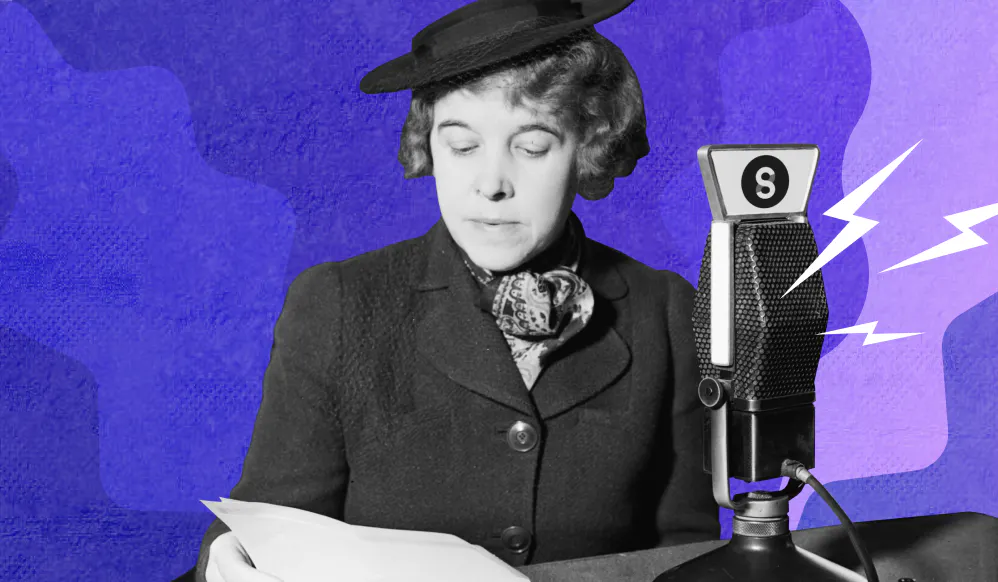Podcast Hosting: Everything you need to know
From podcast hosting to podcatchers, here's how to distribute your podcast episodes.
Podcasting newbies, this one's for you! Find out how to get your podcast out into the world, to a place where people are likely to find it.

This guide was written by Steady. We are experienced in creating podcasts, online magazines, newsletters, video channels and social media accounts that make money through memberships.
Top things to know about podcast hosting:
Defining the key terms for podcast distribution
Examples of podcatchers
Top podcast hosting platforms
How to syndicate your podcast to podcatchers
Publishing members-only episodes on podcatchers
Further reading for podcasters
Two terms that come up in the world of podcasting all the time are podcast hosting platforms and podcatchers. So what are they?
Podcast hosting platforms are sometimes casually referred to as “podcast hosts”, which can be a little confusing. What it actually refers to is a service that hosts your audio files online, making it easy for these large files to be distributed to various channels, called podcatchers. Podcatchers are where your audience will go to listen to your episodes.
What are some examples of popular podcatchers?
In order for your podcast to be available on these podcatchers, you must first select your podcast hosting platform.
Top podcast hosting platforms
As well as hosting your audio files, podcasting hosting can include additional services, like different server locations that make it easier to deliver your podcast at high speed wherever your listeners are located; episode scheduling and optimization; listener analytics; and various types of audio players, some of which may be embeddable on your website.
Podcast hosting platforms generally charge a monthly fee for their service, with plans that depend on how much storage you require or how many listeners you have.
How to syndicate your podcast to podcatchers like Spotify and Apple Podcasts
Once you’ve set yourself up with a podcast hosting platform, you can upload your first episode — generally, they accept mp3 files.
Your hosting service will provide you with a handy RSS feed that includes all relevant data about your podcast and each of its episodes, ready for you to submit to the podcatchers that interest you. Once you’ve submitted your RSS feed there, all new episodes will automatically appear in your selected podcatchers, ready for your listeners to tune in.
Publishing members-only episodes on Spotify
Some podcatchers, like Spotify, have the possibility of hosting members-only podcasts. If you want to monetize your podcast without disrupting your flow with ad breaks, you can try a membership programme. Many podcasters use Steady to run their membership programme and host members-only episodes on Spotify.
Find out more about Steady + Spotify. (Si apre in una nuova finestra)
Further reading for podcasters
Now that you know how to distribute your podcast effectively, here's how you can tackle the other aspects of podcasting:
Monetizing a podcast – read our extensive guide. (Si apre in una nuova finestra)
Podcast equipment – a guide for every budget (Si apre in una nuova finestra).


